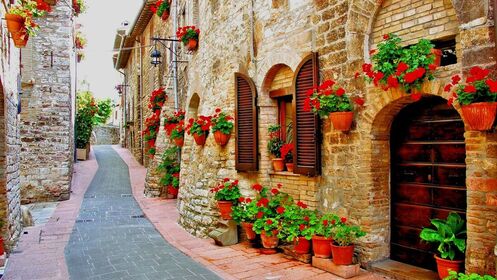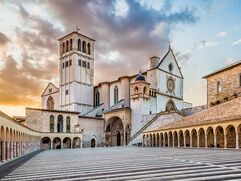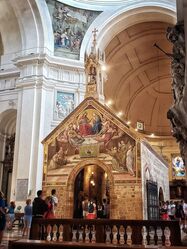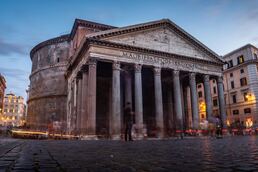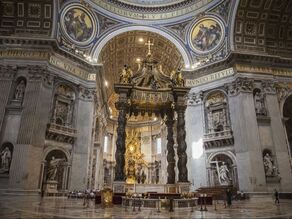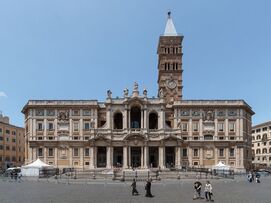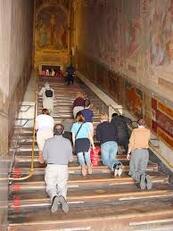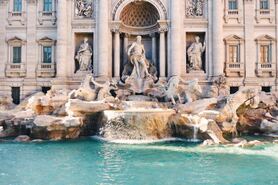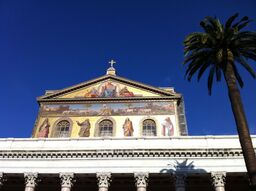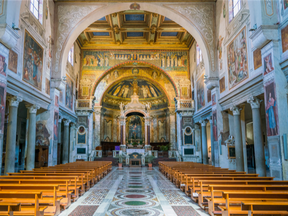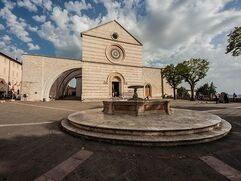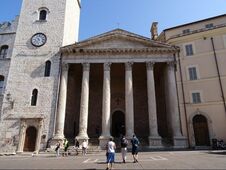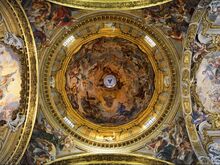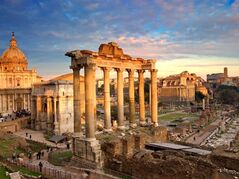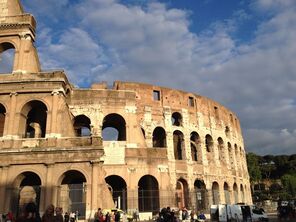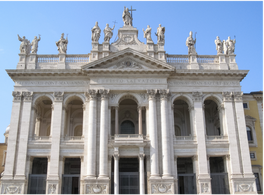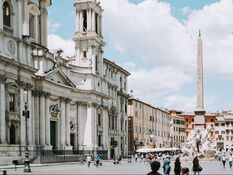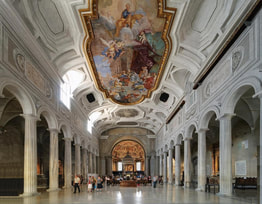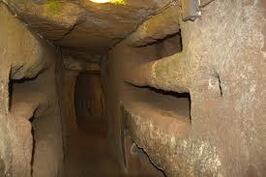Experience Italy
Significant Feast Days
|
9-Day Itinerary
Day 1 Depart your city for Rome
Day 2 Arrive in Rome, travel by bus or train to Assisi, the medieval hillside hamlet of St. Francis and St. Claire, watch the sunset from the castle
Day 3 Visit the Basilicas of St. Francis and St. Claire, the Temple of Minerva, spend time exploring Assisi and St. Mary of the Angels
Day 4 Take a morning train or bus to Rome. Afternoon walking tour of Ancient Rome: Piazza Navona, various churches, pantheon and Spanish Steps
Day 5 Pray at San Peter in Chains, witness the Colosseum and Roman Forum (entrance optional), enjoy the Gesu and Trevi Fountain
Day 6 Explore the Catacombs of St. Callisto, St. John Lateran, the Holy Stairs and Santa Croce
Day 7 Marvel at St. Peter's, the Vatican Museums and the Sistine Chapel
Day 8 Spend time in St. Mary Major and Santa Prassede. Possible Papal Angelus and free time
Day 9 Depart Rome for your city
Mass will be celebrated daily within the itinerary.
Specific locations and events within the daily itinerary are subject to change depending on actual travel dates.
Day 2 Arrive in Rome, travel by bus or train to Assisi, the medieval hillside hamlet of St. Francis and St. Claire, watch the sunset from the castle
Day 3 Visit the Basilicas of St. Francis and St. Claire, the Temple of Minerva, spend time exploring Assisi and St. Mary of the Angels
Day 4 Take a morning train or bus to Rome. Afternoon walking tour of Ancient Rome: Piazza Navona, various churches, pantheon and Spanish Steps
Day 5 Pray at San Peter in Chains, witness the Colosseum and Roman Forum (entrance optional), enjoy the Gesu and Trevi Fountain
Day 6 Explore the Catacombs of St. Callisto, St. John Lateran, the Holy Stairs and Santa Croce
Day 7 Marvel at St. Peter's, the Vatican Museums and the Sistine Chapel
Day 8 Spend time in St. Mary Major and Santa Prassede. Possible Papal Angelus and free time
Day 9 Depart Rome for your city
Mass will be celebrated daily within the itinerary.
Specific locations and events within the daily itinerary are subject to change depending on actual travel dates.

